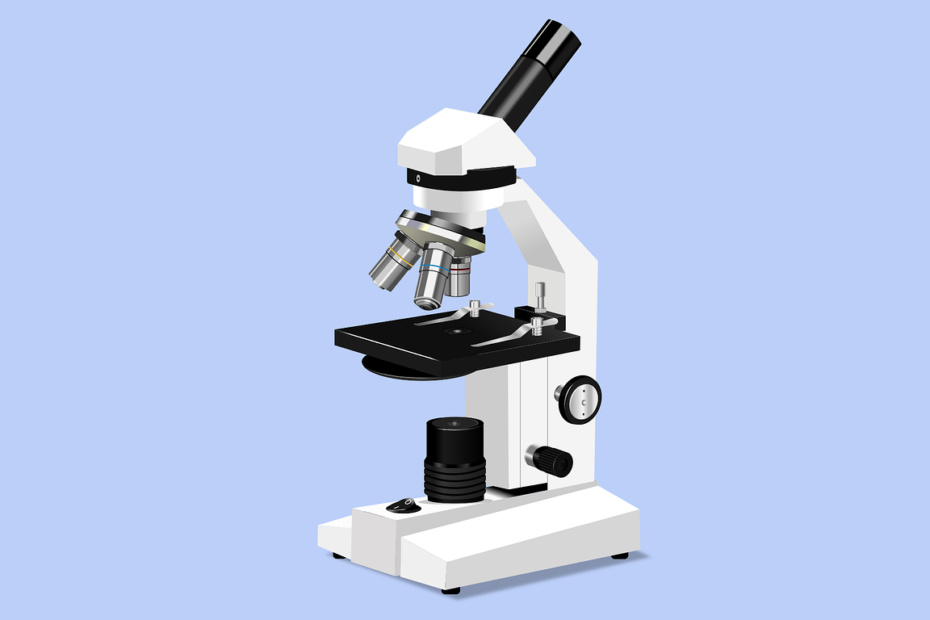Introduction:
Explain agricultural biotechnology as the application of scientific techniques to modify and improve plants, animals, and microorganisms for agricultural use. Mention how biotechnological advancements address global challenges like food security, climate change, and sustainable farming.
1. Precision Gene Editing and CRISPR-Cas9
- Overview: Describe CRISPR technology and its potential to precisely edit plant genes.
- Applications: Explain uses, like enhancing crop resistance to droughts or pests, and boosting nutritional content.
- Case Studies: Mention examples, such as CRISPR-modified wheat and rice.
2. Genetically Modified Organisms (GMOs)
- GM Crops: Outline how GMOs have advanced from simple herbicide resistance to more complex traits.
- Environmental Benefits: Discuss how GMOs reduce pesticide use and improve yield, helping reduce agriculture’s environmental impact.
3. Microbial Solutions for Soil and Plant Health
- Beneficial Microbes: Explain how engineered microbes enhance soil nutrient availability and plant growth.
- Biofertilizers and Biopesticides: Describe how biotechnology helps replace synthetic fertilizers and pesticides with eco-friendly microbial solutions.
4. Vertical and Indoor Farming Technologies
- Controlled Environments: Discuss the use of biotechnology to improve plant varieties suited for indoor and vertical farming.
- Light and Nutrient Optimization: Mention the role of biotech in enhancing photosynthesis and nutrient uptake under artificial lighting.
5. RNA Interference (RNAi) for Pest and Disease Control
- RNAi Mechanism: Explain how RNA interference helps control pests by targeting and silencing specific genes in pests.
- Applications: Describe examples like genetically modified plants that produce RNA molecules to combat specific pests or diseases.
6. Data-Driven Breeding and Genomic Selection
- Genomic Data: Outline how genomic sequencing helps in selecting plants with desirable traits faster than traditional breeding.
- Big Data and AI: Describe the role of AI in analyzing genetic data to improve plant breeding.
7. Synthetic Biology and Custom Traits
- Tailored Traits: Explain synthetic biology’s potential to create custom traits, like high-yield proteins or specific vitamins.
- Examples: Mention innovations like bioengineered plants producing omega-3 fatty acids, which typically come from fish.
8. Climate-Resilient Crop Development
- Heat and Drought Resistance: Discuss efforts to create crops resistant to extreme temperatures and scarce water.
- Salt-Tolerant Varieties: Mention the development of plants that can thrive in saline soils.
9. Challenges and Ethical Considerations
- Public Acceptance: Address concerns about GMOs and gene-edited crops.
- Regulatory Hurdles: Discuss the need for clear guidelines and policies to ensure safe biotech applications.
Conclusion
Summarize how agricultural biotechnology continues to evolve, offering potential solutions to global agricultural challenges by enhancing crop resilience, reducing environmental impact, and improving food security.
